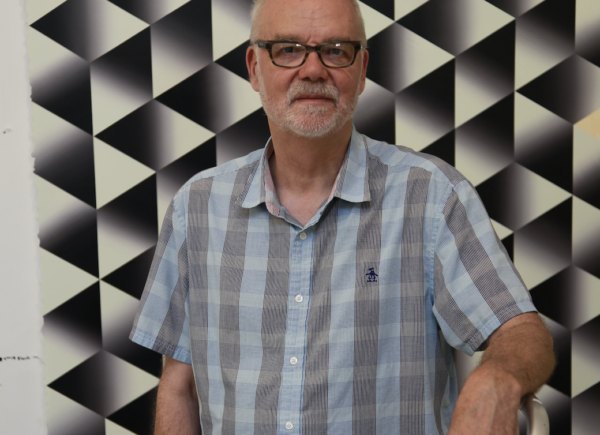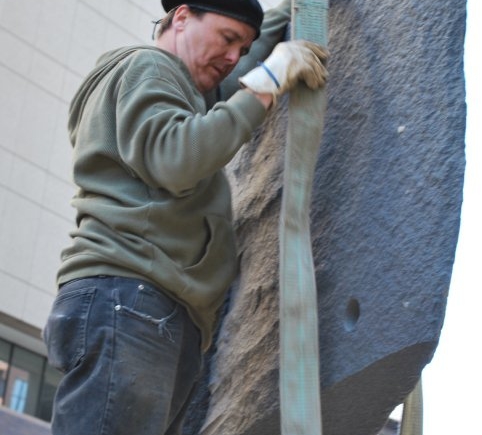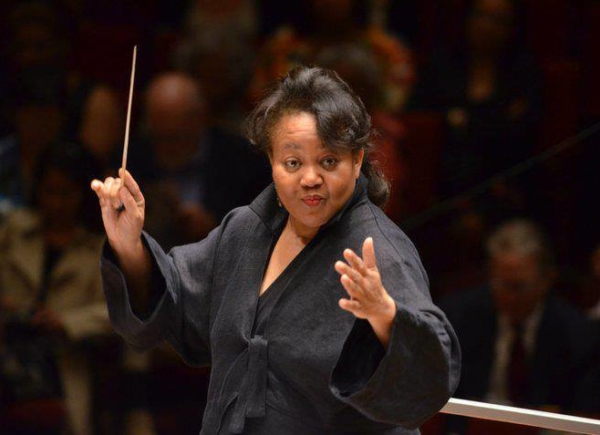Artist’s Statement from Scott Stack:
I look for ways to be intentional. One is that lines inevitably describe space. We use lines all the time and we’re aware of them constantly as a way of describing space. We see patterns in tile floors and they recede, they do things, they turn corners. We see patterns on wallpaper. We see patterns in the natural world. When we confront symmetry, we assume life. I am using some of the code that I discover though a practice of experimentation. I find myself attracted to forms in some of their simplest iterations; lines, dots, solid geometric shapes. This allows me to empty out painting, to discover its rules and how I can break them.
I decided on a couple of things early on. One is that I would keep working with paint because I’ve always been interested in the idea of paint or thingness in paint, that paint has a quality that I couldn’t get in for example, Illustrator or Photoshop. I would actually paint them because it allowed variation, it allowed the presence of the hand even though it was subdued. As my paintings became flatter and the surface became finer and finer, the more and more gesso went over the edges. I just saved that because it felt like I was like compressing the surface out the sides. Particularly in the small ones where it kept that sense of thingness. I like the object quality. I’ve always thought of skinning (surface mapping) when I consider my paintings. It’s a recognition that both; paint is applied and organized before its application.
They are modern in the sense that they express that things fall apart. The paintings are referencing digital, because they are binary. They’re literally two colors. They have in the presentation of information, a digital condition. The binary nature of the paintings infers that there is something discoverable in trying to understand how the pattern is constructed. We search for a way to make sense of the pattern we are seeing by constructing space. One of the things I’m trying to do is make a painting where you can’t find the deepest space. When you find what you think is the deepest space, if you look away, the deepest space will disappear, and you have to find another one. The idea is not that this is a trick but that the same solution won’t present itself again because you have looked somewhere else or changed your position. I want whoever is viewing one of my paintings to be aware of their active participation of seeing.



